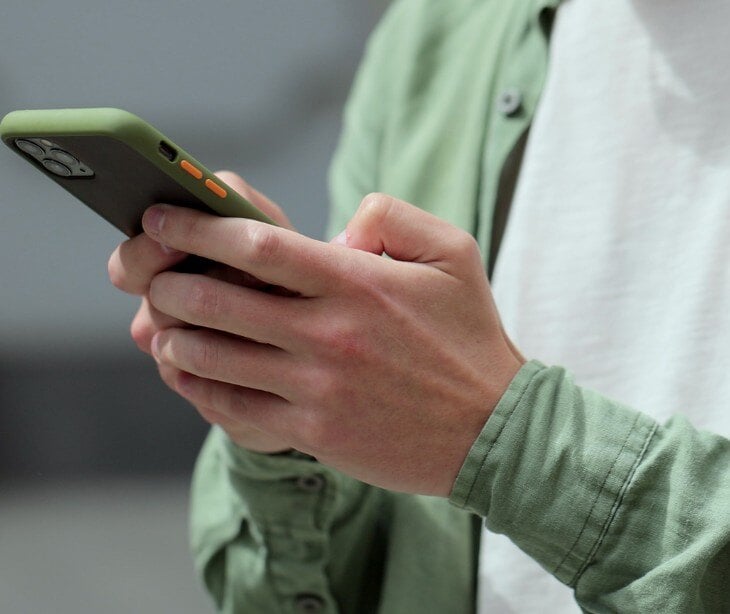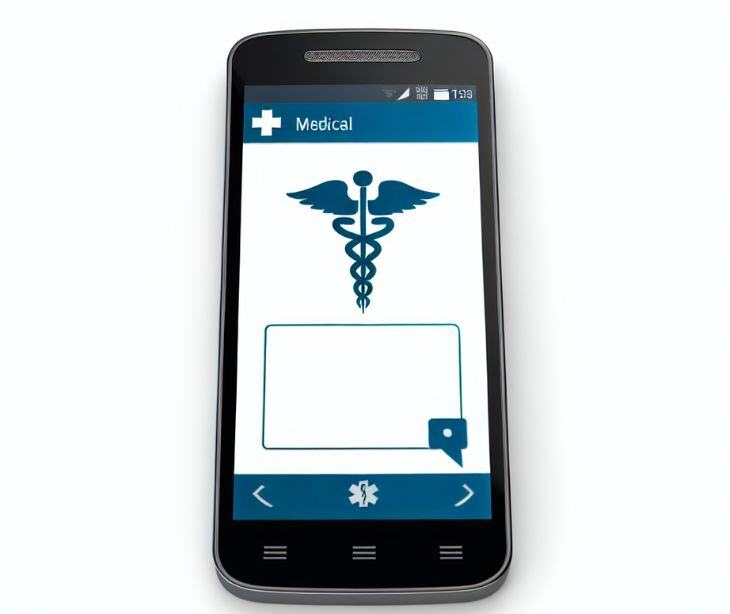
Text messaging has revolutionized the way mental health support is delivered, making it more accessible, immediate, and convenient. In the US alone there are more than 270 million mobile phones; with cellphone ownership at 85% among adults-72% use their phones to send or receive text messages. This makes it an ideal platform for reaching a vast audience, ensuring that mental health support can be seamlessly integrated into everyday life. The widespread use of text messaging means that individuals can access support discreetly and comfortably, without the need for internet access or specialized devices. This ubiquitous mode of communication bridges the gap between mental health services and those who might otherwise remain underserved, providing a lifeline to millions who rely on their mobile phones for connection and support.
The rise of text-based mental health support
Text messaging has become an integral part of our daily lives, providing a convenient and immediate way to communicate. Recognizing its potential, mental health professionals and organizations have harnessed this technology to offer support to individuals in need. For instance, 988 Suicide and Crisis Lifeline introduced a text messaging option to complement its existing phone hotline, further showcasing major mental health organizations' adoption of this technology. Research has also supported the efficacy of text-based interventions, including a study that aimed to measure the impact of text messaging interventions in reducing depressive symptoms and ascertain factors that could affect their efficacy, and found that text message interventions can reduce depressive symptoms and improve overall mental well-being.
This shift towards text-based support has been driven by several factors:
- Accessibility: Text messaging is widely accessible, requiring only a mobile phone. This makes it a viable option for individuals who may not have access to traditional mental health services due to geographical, financial, or other barriers.
- Anonymity: Text messaging allows individuals to seek help without revealing their identity. This anonymity can reduce the stigma associated with mental health issues and encourage more people to reach out for support.
- Convenience: Text messaging provides immediate access to support, allowing individuals to receive help at any time and from anywhere. This is particularly beneficial for those who may be in crisis or unable to attend in-person appointments.
Applications of text messaging in mental health support
Crisis text lines
One of the most notable applications of text messaging in mental health support is crisis text lines. Services like the Crisis Text Line provide immediate support to individuals experiencing depression, anxiety, or other mental health crises. Users can simply text a designated number to connect with trained crisis counselors who offer real-time support, resources, and coping strategies.
Regular check-ins
Mental health professionals can text messages for regular check-ins with their patients. These check-ins serve as a way to monitor the patient's mental state, provide encouragement, and offer timely interventions if needed. An example is if a therapist sends a weekly text to inquire about the patient's mood and well-being, helping to maintain consistent support between therapy sessions.
Appointment reminders and medication management
Text messaging can also be used to remind patients of upcoming appointments and medication schedules. This can be especially helpful for individuals with conditions that affect memory or organization. By receiving regular reminders, patients are more likely to adhere to their treatment plans and attend therapy sessions.
See also: Best practices for HIPAA compliant appointment notifications
Psychoeducation and coping strategies
Mental health organizations and professionals can use text messaging to share educational content and coping strategies with their patients. For instance, a patient struggling with anxiety might receive texts containing breathing exercises, mindfulness techniques, or links to relevant articles and videos. These resources can empower individuals to manage their symptoms more effectively.
See also: Using HIPAA compliant text messaging to increase patient self-efficacy
The benefits of text-based mental health support
- Immediate support: Text messaging provides a quick and responsive way to offer support to individuals in crisis. This immediacy can be crucial in preventing self-harm and other dangerous behaviors.
- Reduced stigma: The anonymity of text messaging can help reduce the stigma associated with seeking mental health support. Individuals who might be hesitant to seek help in person may feel more comfortable reaching out via text.
- Enhanced engagement: Regular check-ins and reminders can enhance patient engagement and adherence to treatment plans. By maintaining consistent contact, mental health professionals can foster a stronger therapeutic relationship with their patients.
- Flexibility: Text messaging offers flexibility for both patients and mental health professionals. It allows for communication outside of traditional office hours and can be particularly useful in reaching individuals who have busy schedules or mobility issues.
See also: HIPAA Compliant Email: The Definitive Guide
Paubox Texting
Paubox Texting is a HIPAA compliant texting API for patient engagement that mental health professionals can use to provide mental health support to their patients. With Paubox, mental health professionals can send appointment reminders, share test results, prescription reminders, explanation of benefits (EOB) messages, care acknowledgments, and billing reminders.
By enhancing accessibility and responsiveness, Paubox Texting fosters a more connected and supportive therapeutic relationship, empowering patients to engage more comfortably in their mental health care journey while maintaining the confidentiality and security of their sensitive information.
Go deeper: Introducing HIPAA compliant texting API by Paubox
FAQs
How can therapists ensure patient confidentiality when using text messaging?
Therapists should use secure, encrypted platforms that comply with HIPAA regulations. They should also establish clear guidelines with patients regarding the appropriate use of text messaging for therapy and obtain informed consent.
What ethical considerations should therapists keep in mind when using text messaging?
Therapists should prioritize patient confidentiality, obtain informed consent for using text messaging, establish clear boundaries for communication, and be aware of their own and their patients' comfort levels with digital communication in therapy.
How can patients benefit from using text messaging with their therapists?
Patients may experience increased engagement in their treatment, reduced feelings of isolation, improved adherence to treatment plans, and enhanced support during critical moments when using text messaging with their therapists.
Subscribe to Paubox Weekly
Every Friday we'll bring you the most important news from Paubox. Our aim is to make you smarter, faster.




